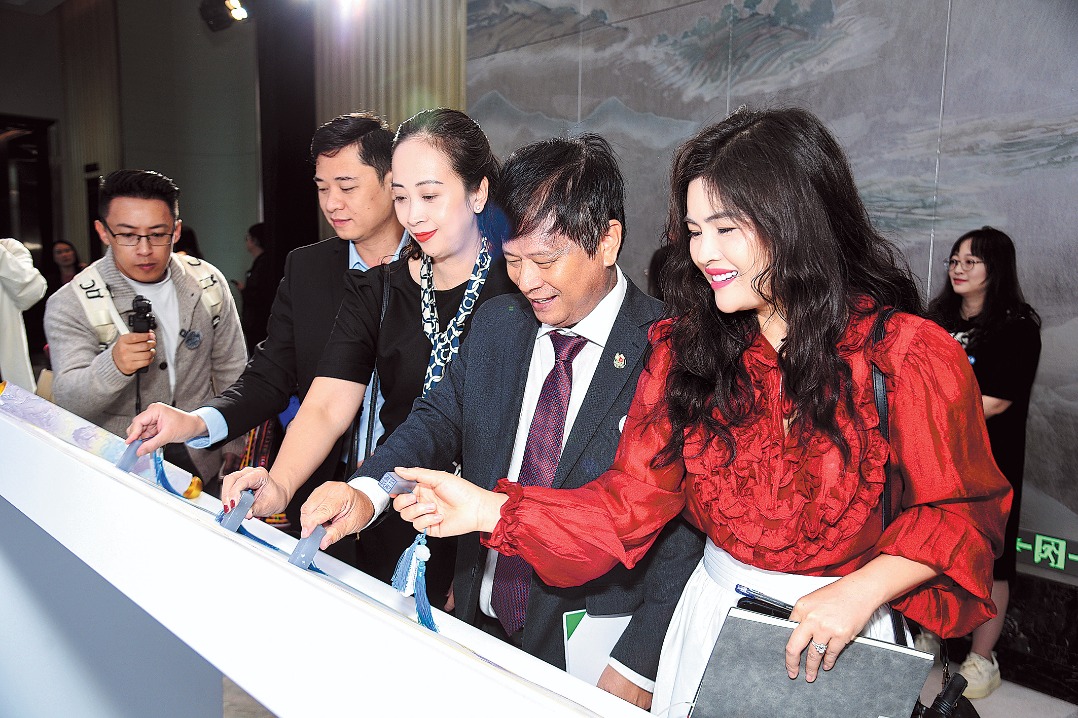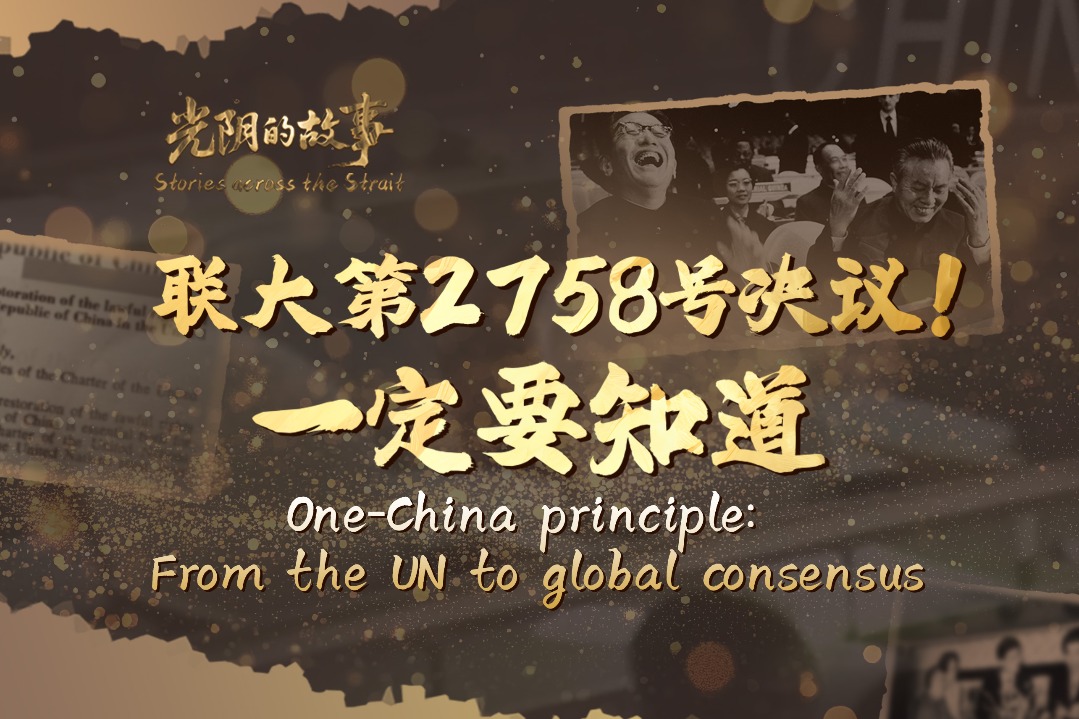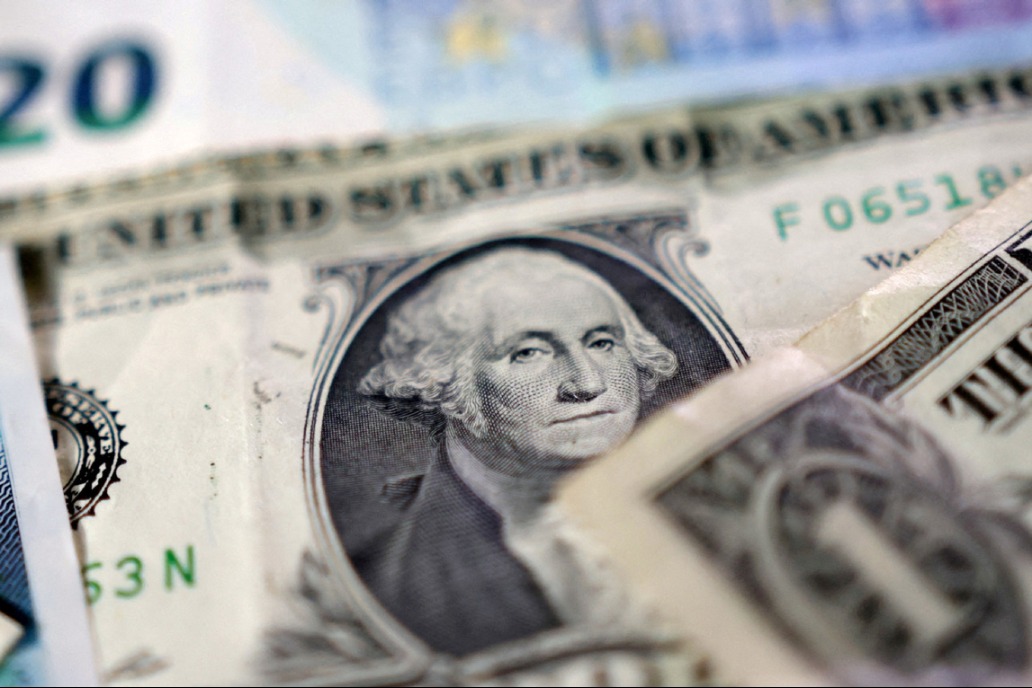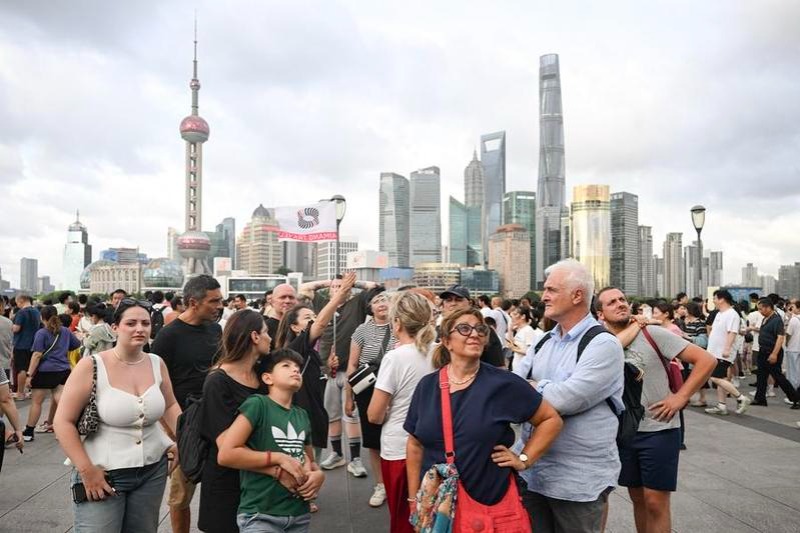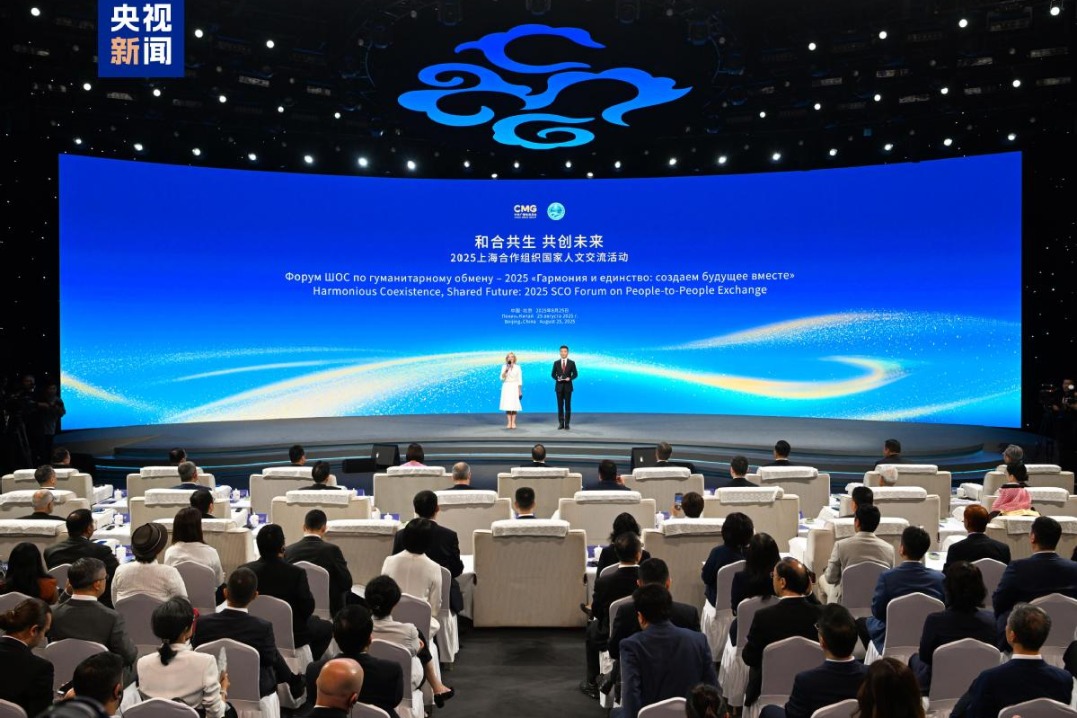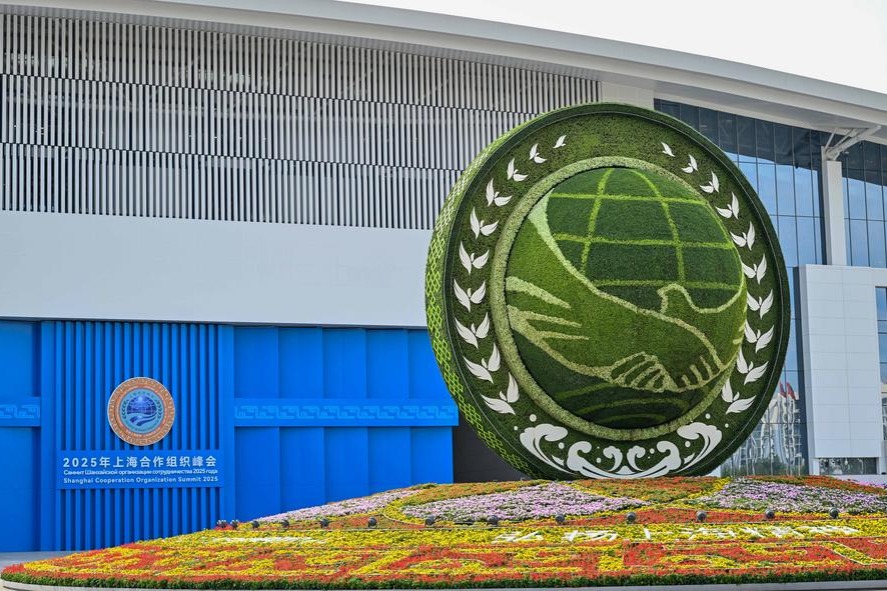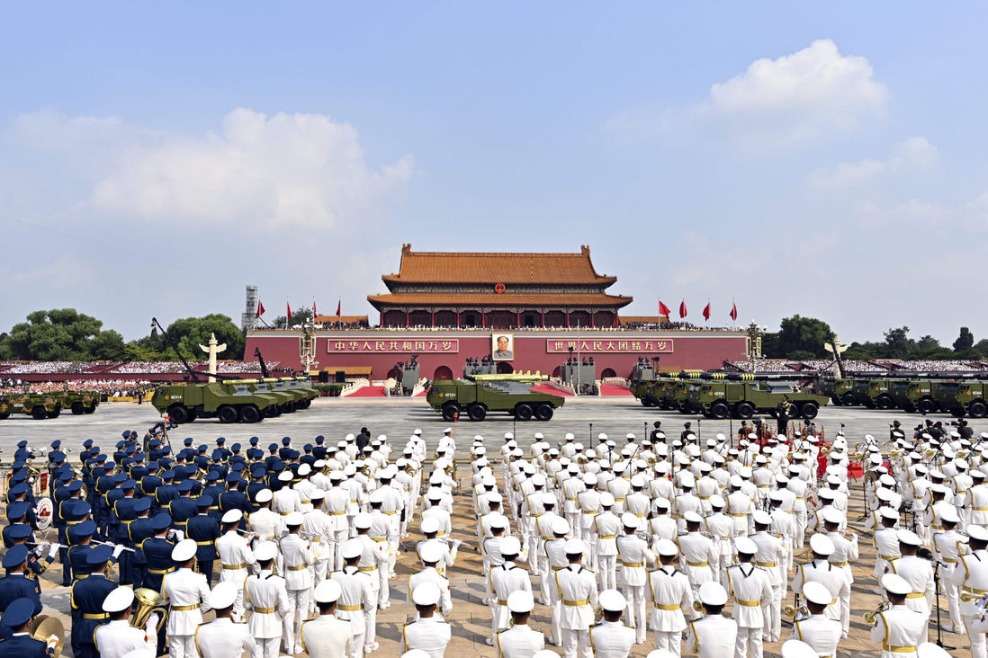Growing attraction


RCEP will deepen integration of the regional industrial, supply and value chains in the Asia-Pacific and accelerate the region's economic recovery
The Regional Comprehensive Economic Partnership agreement officially came into effect on Jan 1, ushering in a new chapter for East Asian economic integration. The Asia-Pacific region has witnessed an economic boom since the turn of the century, becoming the key engine of global economic growth. In pre-pandemic 2019, the 15 countries participating in the RCEP had a combined GDP of $25.6 trillion, intra-regional trade of $10.4 trillion and foreign investment inflows of $370 billion, accounting for approximately 30 percent of the global totals respectively.
There are too many crisscrossing bilateral free trade agreements and regional trade agreements among the RCEP participants, creating a spaghetti bowl effect.
The Association of Southeast Asian Nations has FTAs with China, Japan, the Republic of Korea, Australia and New Zealand, and there are multiple free trade arrangements among the latter five countries. Such crisscrossing bilateral and small-scale multilateral free trade arrangements have to a certain extent impeded the formulation of trade rules that cover the entire region.
The entry into force of the RCEP will help break the institutional dilemma for Asia-Pacific economic integration.
To start with, by integrating existing overlapped free trade arrangements and harmonizing standards, the RCEP pact optimizes the overall business environment in Asia-Pacific and injects strong impetus into regional trade and investment growth. It is predicted that by 2035, the RCEP will drive the cumulative increase of the region's exports and imports by 18.3 percent and 9.63 percent respectively, compared with the baseline. The cumulative growth rate of regional investment is forecast at 1.47 percent.
Second, the RCEP creates an institutional platform for more effective collaboration among Asia-Pacific countries that have vastly different national actualities. Taking account of the population and development level of all participating countries, the RCEP contains principles and standards that are agreed upon by all signatories. By bridging the gap through such means as economic and technical cooperation, and special and differential treatment in numerous areas, the RCEP makes sure that all participating countries can enjoy the benefits of the deal.
For instance, the RCEP takes into full consideration the different development stages of all the participating countries, providing two tariff concession options for them. It is anticipated that within 10 years of the RCEP coming into effect, more than 90 percent of goods trade between member countries will eventually enjoy zero tariffs. This has increased the realistic possibility for the formation of an integrated hyper-sized market in a region that accounts for one-third of the global GDP.
With the implementation of a series of unified standards such as those regarding rules of origin, the RCEP is set to further enhance the trade creation effect by substantially reducing the cost of trade and product price in the RCEP region via price leverage, which will bring concrete and tangible benefits to enterprises and consumers in all the participating countries. There have been some doubts aired about the ambition of the RCEP since it was signed, but such comments are far from objective. In such areas as trade in services, investment and temporary movement of natural persons, all RCEP member countries have made bolder commitments to open up than in their previous free trade arrangements.
Take China for example, on the basis of the services sector that China pledged to open up in its accession agreement to the World Trade Organization, the country has added another 22 sectors, including research and development, management consulting and air transportation, and pledged to further open up 37 sectors, including finance, legal services and sea transportation. China has also made opening-up pledges by adopting the negative list approach to advance investment liberalization, which is of great significance to further widening market access for foreign investment. It is safe to say that, under the RCEP mechanism, a high-level free trade area is taking shape in East Asia, making possible a global economic and trade landscape that consists of three major blocs-North America, Europe and the Asia-Pacific.
The sudden onslaught of the COVID-19 pandemic has wreaked havoc on Asia-Pacific countries, but also provided external momentum for advancing the RCEP deal. Amid the raging pandemic, the global and regional industrial, supply and value chains have been mired in an unprecedented crisis, and cross-border trade, investment and relevant personnel exchanges have been impeded to a great extent. How to ensure the safe and stable operation of production, supply and circulation has become top priorities for all countries.
As a trade arrangement covering the Asia-Pacific region, the RCEP can provide strong support for the stability of the regional industrial, supply and value chains, and boost the confidence of all parties in economic growth. The economic structures of RCEP members are highly complementary, and the region is rich in a wide variety of factors of production, including capital, technology and labor.
By unifying the participating countries' standards for the thresholds for market entry in multiple areas, and harmonizing their rules of origin, customs procedures, inspection and quarantine requirements and technical standards, the RCEP deal is set to promote the free flow of economic factors within the region and consolidate the division of labor and cooperation in production among members. This will greatly promote deeper integration of the regional industrial, supply and value chains in Asia-Pacific and thus accelerate the region's economic recovery.
Less than a year after the signing of the RCEP agreement, most signatory countries have expedited and completed all domestic procedures concerning the approval/ratification of the agreement, further proving that the deal serves the common interests of the parties concerned and that economic integration in the Asia-Pacific is the right choice that conforms to the tide of the times.
Lin Duo is a research assistant of the Department for Asia-Pacific Studies at the China Institute of International Studies; Zhang Tengjun is a deputy director of the Department for Asia-Pacific Studies at the China Institute of International Studies. The authors contributed this article to China Watch, a think tank powered by China Daily. The views do not necessarily reflect those of China Daily.


















